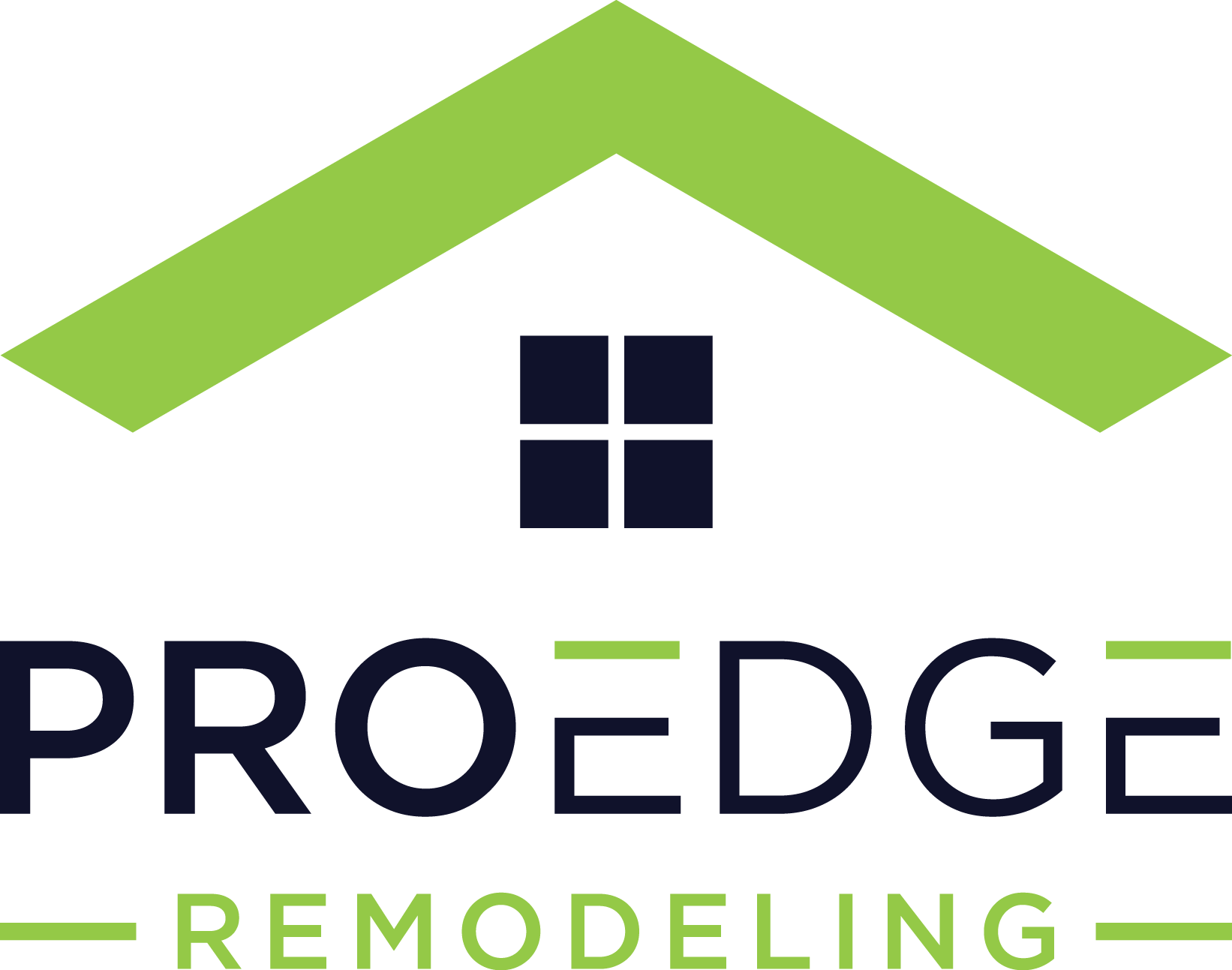Top Signs Your Furnace Needs Repair Before Winter

As winter approaches, ensuring your furnace is in top working condition is essential for keeping your home warm and comfortable. A malfunctioning furnace can lead to an uncomfortably cold home as well as higher energy bills and costly emergency repairs during the peak of the cold season.
Regular furnace maintenance can help prevent these issues, but there are also clear warning signs that indicate your furnace might need repair before the winter chill sets in. By spotting the following common issues early, you can avoid unexpected breakdowns and ensure your home stays cozy all winter long.
Table of Contents
- Uneven Heating Throughout Your Home
- Unusual Noises Coming from the Furnace
- Rising Energy Bills
- Short Cycling or Constant Running
- Yellow or Flickering Pilot Light
- Strange Odors or Gas Smells
- Difficulty Starting the Furnace
- Excessive Dust or Dry Air in Your Home
- Visible Signs of Rust or Corrosion
- Preventive Maintenance Tips to Avoid Furnace Problems
- Additional Furnace Resources
Uneven Heating Throughout Your Home
One of the clearest signs that something is wrong with your furnace is uneven heating throughout your home. You may notice that some rooms feel much warmer than others, or that certain areas are consistently colder no matter how high you set the thermostat.
Potential Causes:
- Blocked Ducts: If your ductwork is clogged or blocked by debris, the warm air won’t be able to circulate properly, leading to uneven heating.
- Failing Thermostat: A malfunctioning thermostat may be inaccurately reading the temperature and failing to regulate heat distribution correctly.
- Old Furnace: As furnaces age, they can struggle to distribute heat evenly throughout the home. Older systems may not have the capacity to handle fluctuating weather demands or efficiently push air to all areas of the house.
If you’re experiencing inconsistent heating, it’s essential to have your furnace and ductwork inspected. Addressing these issues before winter will ensure that your furnace can handle the colder months effectively.
Unusual Noises Coming from the Furnace
Furnaces are designed to run relatively quietly, so when you start hearing strange or loud noises, it’s a sign that something could be wrong. Common furnace noises can indicate a range of mechanical issues that, if left unaddressed, could lead to costly repairs or even a complete system breakdown.
Common Noises and What They Mean:
- Banging or Booming: This could be a sign of delayed ignition in a gas furnace. When gas builds up before igniting, it creates a small explosion inside the furnace, leading to a loud bang.
- Squealing or Whistling: These high-pitched sounds may be caused by a worn-out blower belt or a failing blower motor.
- Rattling: This noise often indicates loose parts inside the furnace or ductwork that need to be secured.
Addressing these noises promptly is important because ignoring them can cause more significant damage over time. The sooner you have your furnace inspected by a professional, the less likely it is that a minor issue will turn into a major repair.
Rising Energy Bills
If you notice a sudden spike in your energy bills, your furnace could be to blame. As furnaces become less efficient, they use more energy to maintain the same level of heat. This is not only bad for your wallet but also a sign that your furnace might be working inefficiently and in need of repair.
Possible Causes:
- Dirty Filters: A clogged air filter restricts airflow, forcing your furnace to work harder and consume more energy.
- Worn-Out Components: Over time, components like the blower motor or heat exchanger can wear out, making the furnace less efficient.
- Poor Airflow: Leaky ductwork or blockages in the vents can reduce airflow, causing the furnace to run longer and use more energy to heat your home.
By addressing the root cause of rising energy bills early on, you can restore your furnace’s efficiency and save on heating costs throughout the winter.
Short Cycling or Constant Running
Short cycling occurs when your furnace turns on and off frequently without completing a full heating cycle. This not only affects the temperature in your home but also puts extra strain on your furnace, which can lead to premature wear and tear. On the other hand, if your furnace runs constantly without shutting off, it may also signal an issue that needs immediate attention.
What Short Cycling Means:
Short cycling is often a sign that the furnace is overheating and shutting off as a safety measure. Common causes of short cycling include:
- Thermostat Malfunction: A faulty thermostat might be misreading the room’s temperature, causing the furnace to cycle on and off too quickly.
- Clogged Air Filters: If the furnace isn’t getting proper airflow due to a clogged filter, it can overheat and shut down to protect itself.
What Constant Running Means:
If your furnace is running constantly without reaching the set temperature, it may point to:
- Thermostat Issues: The thermostat may not be functioning correctly, causing the furnace to run continuously.
- Undersized Furnace: In some cases, an undersized furnace may struggle to keep up with the heating demands of your home, leading to constant operation.
Both short cycling and constant running indicate underlying issues that can cause significant damage if left unaddressed. Schedule a furnace inspection to identify the root cause and resolve the issue before winter.
Yellow or Flickering Pilot Light
For gas furnaces, the color and stability of the pilot light are important indicators of how well the furnace is functioning. A steady blue flame means the furnace is burning gas efficiently, while a yellow or flickering flame could signal a more serious problem.
What It Means:
- Yellow Flame: A yellow pilot light may indicate that your furnace is producing carbon monoxide, a dangerous and potentially deadly gas. This can happen when the gas isn’t burning properly due to poor ventilation or a dirty burner.
- Flickering Flame: A flickering flame could be a sign of poor ventilation, gas leaks, or an issue with the thermocouple (a safety device that shuts off the gas if the pilot light goes out).
If you notice a yellow or flickering pilot light, it’s crucial to contact a professional HVAC technician immediately. Carbon monoxide leaks are a serious hazard, and addressing this issue promptly is critical for your safety.
Strange Odors or Gas Smells
Your furnace should not produce strange or unpleasant odors while it’s running. If you notice unusual smells coming from the furnace or the vents, it could be a sign of a problem that needs immediate attention.
Different Odors and What They Mean:
- Burning Dust: It’s normal to smell burning dust the first time you turn on your furnace after months of inactivity. However, if the smell persists, it could indicate dirty filters or internal buildup.
- Burning Plastic or Electrical Smells: These smells might indicate an electrical issue, such as overheating components or frayed wires, which could lead to a fire if not addressed.
- Rotten Egg or Sulfur Smell: This is a sign of a gas leak. Natural gas is odorless, but gas companies add a chemical called mercaptan to create this distinct odor, alerting you to a leak.
Gas leaks are extremely dangerous, and if you detect a rotten egg smell, you should immediately turn off the furnace, evacuate your home, and call your gas company or an HVAC professional.
Difficulty Starting the Furnace
If your furnace is having trouble starting or you find yourself needing to restart it multiple times, this could signal a larger issue. Frequent starting problems are often a sign that the ignition system or electrical components are failing.
Common Causes:
- Faulty Ignition System: Gas furnaces rely on an ignition system to light the burners. If this system is malfunctioning, it can prevent the furnace from starting reliably.
- Electrical Issues: Problems with the furnace’s electrical components, such as the wiring or circuit board, can also cause startup failures.
If you’re struggling to get your furnace started, it’s a good idea to schedule an inspection. A professional technician can diagnose the problem and ensure that your furnace will run smoothly when you need it most.
Excessive Dust or Dry Air in Your Home
If you’ve noticed an increase in dust accumulation around your home or experienced unusually dry air, your furnace could be underperforming. A poorly functioning furnace can affect your home’s indoor air quality, leading to more dust and discomfort.
Possible Causes:
- Clogged Filters: Dirty air filters can allow dust and debris to circulate throughout your home, reducing indoor air quality and creating more dust buildup.
- Leaky Ductwork: Holes or gaps in your ducts can allow dust and unfiltered air from attics or basements to enter the living areas of your home.
- Inadequate Humidity Control: A furnace that isn’t operating efficiently may also struggle to maintain the right humidity levels, leading to dry air that can irritate your skin, throat, and sinuses.
If you’re noticing excessive dust or unusually dry air, it’s a good idea to check your furnace filters and have your ducts inspected. Regularly changing filters and cleaning ducts can help improve both air quality and furnace efficiency.
Visible Signs of Rust or Corrosion
Furnaces are exposed to moisture as part of their normal operation, especially if your home uses a humidifier or your furnace has a condensation system. Over time, this moisture can lead to rust or corrosion, particularly on the heat exchanger, burners, or surrounding parts of the furnace. Rust is more than just a cosmetic issue—it’s a sign that your furnace may be deteriorating from the inside.
What Rust Means:
- Moisture Issues: Rust indicates that moisture is accumulating inside the furnace, which could be due to a condensation leak or poor ventilation.
- Age-Related Deterioration: As furnaces age, rust and corrosion become more common. If your furnace is showing visible signs of rust, it may be nearing the end of its lifespan.
What to Do:
If the rust is minor, a professional cleaning and tune-up may be enough to restore your furnace. However, extensive rust or corrosion is often a sign that your furnace is old and may need to be replaced. A furnace with significant corrosion may be unsafe to operate, so it’s best to consult an HVAC technician for an evaluation.

Request Service
Get started by filling out a request form or by giving us a call.
Preventive Maintenance Tips to Avoid Furnace Problems
While the warning signs above can help you catch furnace problems early, the best way to avoid issues altogether is through regular preventive maintenance. By keeping your furnace in top shape year-round, you can extend its lifespan, improve energy efficiency, and reduce the risk of unexpected breakdowns.
- Change Filters Regularly: One of the easiest ways to keep your furnace running smoothly is by changing the air filter every 1-3 months. Dirty filters restrict airflow, causing the furnace to work harder and reducing efficiency.
- Schedule Annual Inspections: Have a professional HVAC technician inspect your furnace at least once a year, ideally before the heating season begins. They can catch potential problems early and ensure that your system is operating safely and efficiently.
- Seal Ducts: Leaky ducts can cause heated air to escape, reducing the efficiency of your furnace and leading to uneven heating. Sealing any gaps or leaks in your ductwork can improve airflow and ensure that your furnace heats your home evenly.
- Test Your Thermostat: Ensure that your thermostat is functioning correctly and accurately reading the temperature. Consider upgrading to a programmable or smart thermostat for better control over your home’s temperature and energy usage.
By following these simple maintenance steps, you can keep your furnace running smoothly and avoid many of the common
Conclusion
Your furnace plays a critical role in keeping your home warm and comfortable during the winter. By paying attention to the signs listed in this article, you can catch potential problems early and prevent costly breakdowns when you need your furnace the most. Regular maintenance and prompt repairs will keep your furnace running efficiently, saving you both money and hassle in the long run.
If you’ve noticed any of these warning signs in your furnace, don’t wait until it’s too late. Contact a professional HVAC technician for a pre-winter tune-up and inspection. This small investment now will ensure your furnace is ready to handle the cold months ahead.

Request Service
Get started by filling out a request form or by giving us a call.
FAQs
What fails first on a furnace?
The most common components to fail first on a furnace are the ignitor or the blower motor. These parts are heavily used and can wear out over time, leading to problems with starting the furnace or distributing heat.
What is the life expectancy of a furnace?
Most furnaces last between 15 and 20 years. However, with regular maintenance, some furnaces can last even longer. As your furnace approaches this age range, it’s important to monitor it for signs of wear and consider replacing it before it fails completely.
How often should I have my furnace inspected?
It’s recommended to have your furnace inspected by a professional at least once a year, preferably in the fall before the heating season begins. Regular inspections can help catch potential issues early and keep your system running efficiently.
What are the signs that my furnace needs replacement rather than repair?
If your furnace is over 15 years old and requires frequent repairs, it may be more cost-effective to replace it. Other signs include rising energy bills, difficulty maintaining a consistent temperature, and loud noises coming from the furnace.
How can I improve my furnace’s efficiency?
To improve efficiency, change the air filter regularly, seal any leaks in your ductwork, and consider upgrading to a high-efficiency furnace or smart thermostat. Regular maintenance, including cleaning and inspection, will also help ensure that your furnace runs at peak performance.
What’s the difference between a repair and a tune-up?
A repair addresses a specific problem, such as a malfunctioning part, while a tune-up is a preventative measure that involves cleaning, inspecting, and fine-tuning the system to ensure it runs efficiently. Both are essential to keeping your furnace in good condition.
Sources
Additional Furnace Resources

Anna has over six years of experience in the home services and journalism industries and serves as the Content Manager at MyHomePros.com, specializing in making complex home improvement topics like HVAC, roofing, and plumbing accessible to all. With a bachelor’s degree in journalism from Auburn University, she excels in crafting localized, comprehensive guides that cater to homeowners’ unique needs. Living on both coasts of the United States has equipped her with a distinctive perspective, fueling her passion for turning any house into a cherished home through informed, personalized decision-making.

 888-524-2244
888-524-2244






